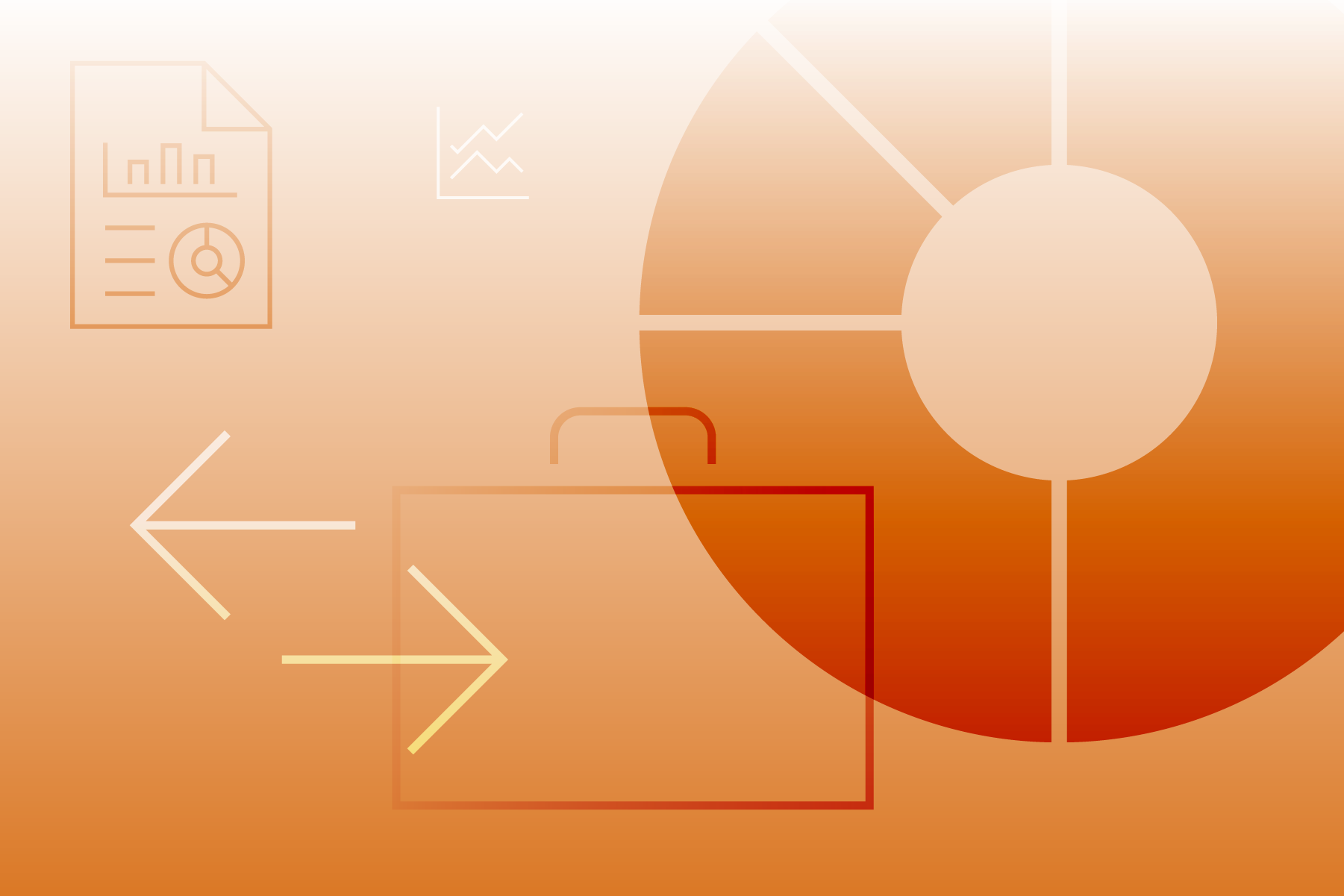Ruth Saldanha: Many investors want income and as much income as they can get with as little risk as possible. Recently, a product seems to meet this need. They're called covered call ETFs and they offer high income in some cases as much as 6% or 8% returns with very low risk. But do you actually get 8% and is it as low risk as the material makes it appear? Bryan Armour is the Director of Passive Research Strategies for North America at Morningstar Research Services. He's here today to tell us what he thinks of covered call ETFs. Bryan, thank you so much for being here today.
Bryan Armour: Thanks for having me, Ruth.
How Do Covered Call ETFs Work?
Saldanha: So how do covered call ETFs work?
Armour: Yeah, there's really two main components. There's the underlying stock exposure that gives you your traditional index exposure like the S&P 500 for instance. And then you you sell a call option against it which gives up the right to buy the index at a certain price. So it's typically an at the money call meaning any index returns above that price at options expiration will go to the options buyer. So it gives you some income and caps upside a little bit and the options prices can vary before expiration. So performance during the life of the option can be a little more complicated than just that options expiration.
With Covered Call ETFs, Your Upside Is Capped, But You Participate in Downside Risk…
Saldanha: So do you actually get this 8% that people talk about and what kind of risk are we really talking about here?
Armour: So it's a matter of how you account for it. So, is it income or is it just cash flow is based on how the investor looks at it, but really the riskier is opportunity cost, stock markets don't typically tend to follow a normal distribution of returns and they tend to have fat tails, meaning more extreme gains or losses over a month or over a year. And so really what you're doing is you're giving up exposure to the good end of the fat tail and keeping exposure to the bad one. And that just means by capping upside you do generate more income, but you still participate in some of the downside risk.
…You Might Be Giving Up 9.5% in Gains
One example I pulled up that has a longer track record is the Global X Nasdaq 100 Covered Call ETF (QYLD) which has a 10 year track record as $7.5 billion in assets under management. And if you look at it compared to the Invesco QQQ Trust (QQQ) over that 10 year period, it's actually been at a disadvantage of 9.5% annualized. So each year you're falling behind if the index is continuing to push higher and the other risk here is that it comes with the higher costs and that manifests in two ways. It's higher fees than the stock exposure would cost alone and then also higher taxes due to realizing gains from selling the call options, their taxes, ordinary income as opposed to potentially long term gains.
Covered Call ETFs Are for Income-Focused Investors…
Saldanha: So what kind of investor should actually consider a covered call ETF?
Armour: Yeah, I mean income investors looking for income can definitely use these strategies and understanding that they can get a boost of income. But it comes with some downside risk and a lack of upside potential. But it's really, these are higher risk than bonds. And there's that opportunity cost of upside returns. So really just income focused investors.
…But There Are Better Alternatives Right Now
Saldanha: So for income focused investors, are there any alternatives to covered call ETFs which can potentially give them this kind of income?
Armour: Yeah, for the first time in a decade bonds actually have some solid yields right now, and comes with lower risk, and it's better equipped for capital preservation than covered call strategies, which is often key with retirees or other income investors. And there's also the option to do it yourself. You can always own QQQ and sell off as much income as you need. And take long term capital gains rather than using covered calls to gain income that way.
Saldanha: Great. Thank you so much for joining us with your perspectives today, Bryan.
Armour: Thanks Ruth. Thanks for having me.
Saldanha: For Morningstar, I'm Ruth Saldanha.






















